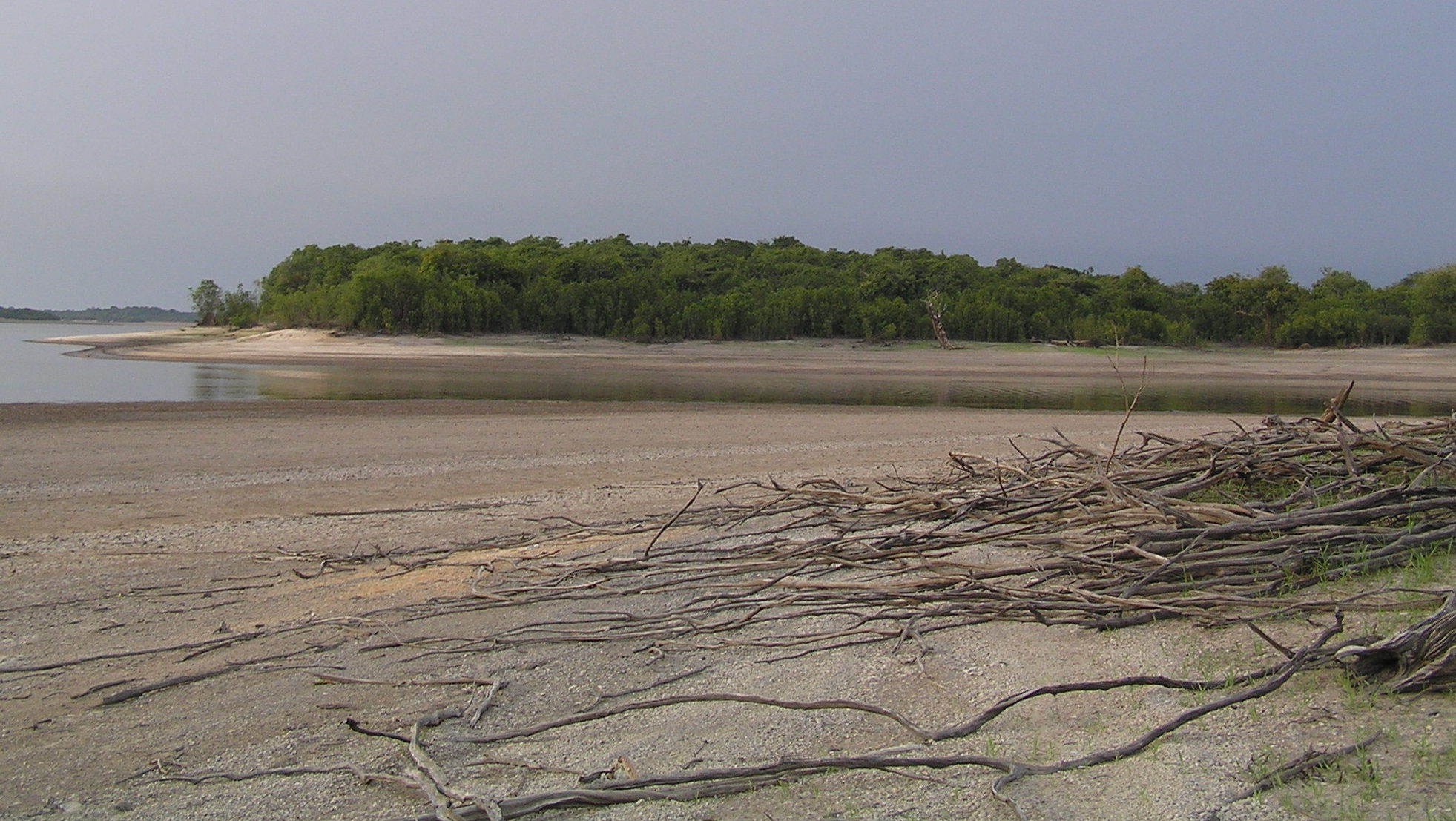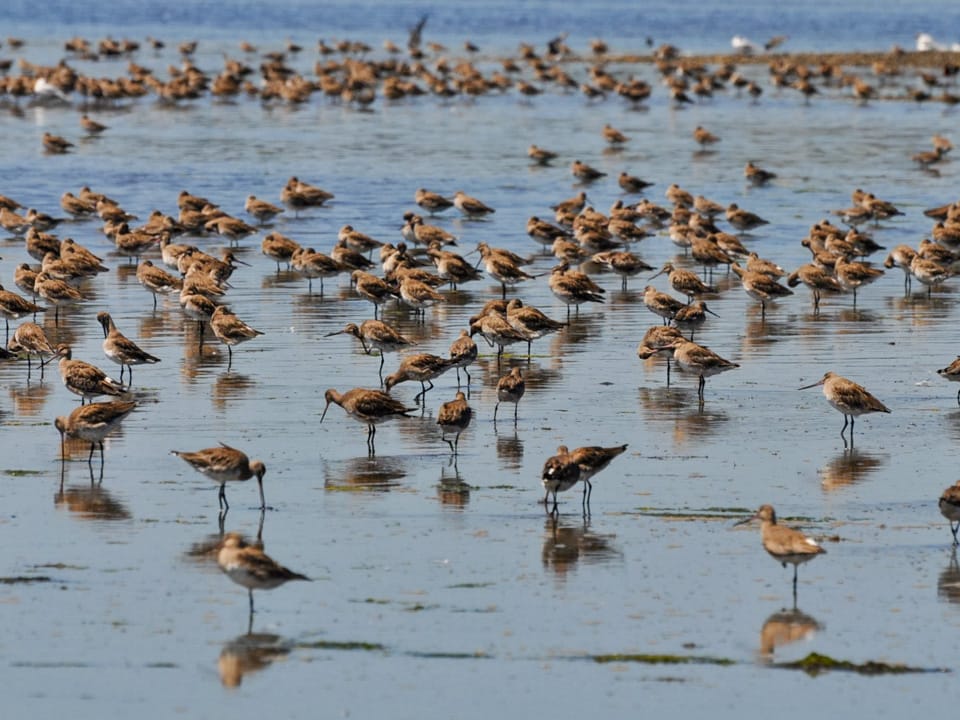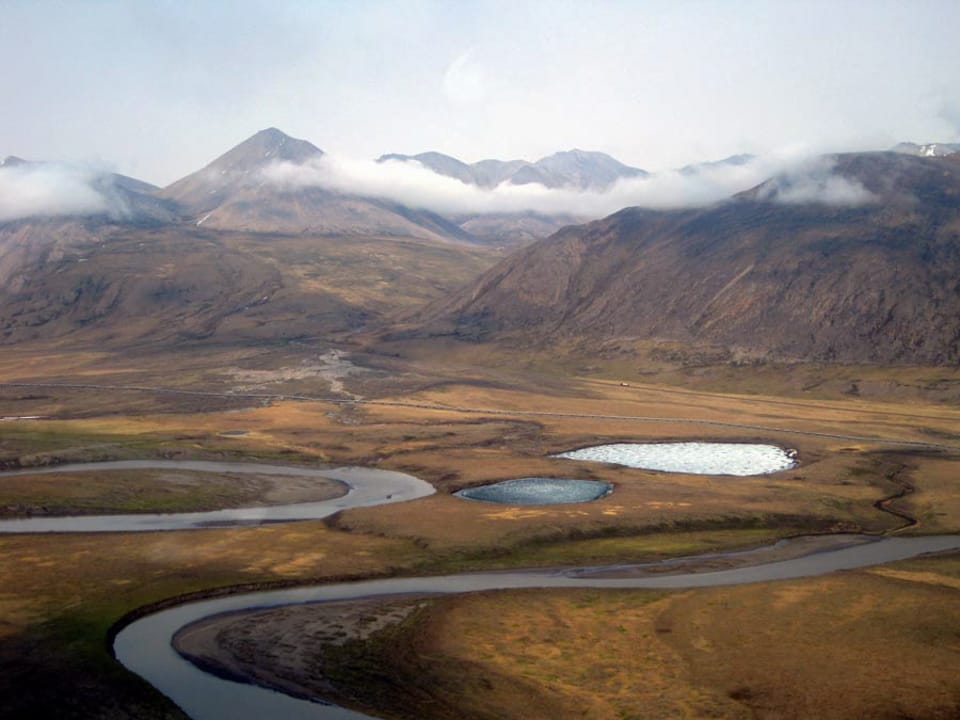By Arne Lesterhuis and Isadora Angarita
Interior river habitats in South America are important to migrating shorebirds for foraging and roosting, and to some extent, as navigation to their wintering grounds. However, data on shorebird use in these ecosystems is very limited, both for Nearctic-breeding shorebirds and resident species like the Collared Plover (Charadrius collaris) and Pied Plover (Vanellus cayanus) who use these areas throughout their lifecycle.
River systems in the Amazon have received little attention for their importance for migrating shorebirds. However, there has been a few scattered records, trip reports, and a handful of studies that have provided some insight in their potential importance. More recently, tracking studies of the Buff-breasted Sandpiper (Calidris subruficollis) conducted by Rick Lanctot et al. documented movements along large rivers in South America, showing the species to stop at several locations along rivers in the Amazon of Colombia, Peru and Bolivia.
In 2021, the United States Forest Service International Programs (USFS-IP) supported the Peruvian nonprofit organization, CORBIDI to initiate river surveys in the vicinity of Puerto Maldonado, Pucallpa and Iquitos, all in Peru. These surveys resulted in interesting observations of Buff-breasted Sandpipers using sandbanks with short vegetation and large numbers of Upland Sandpiper (Bartramia longicauda) being flushed from tall vegetation on river islands (F. Angulo pers. comm.).





 Back to all
Back to all


